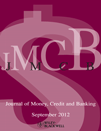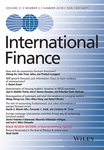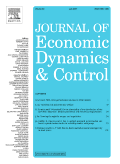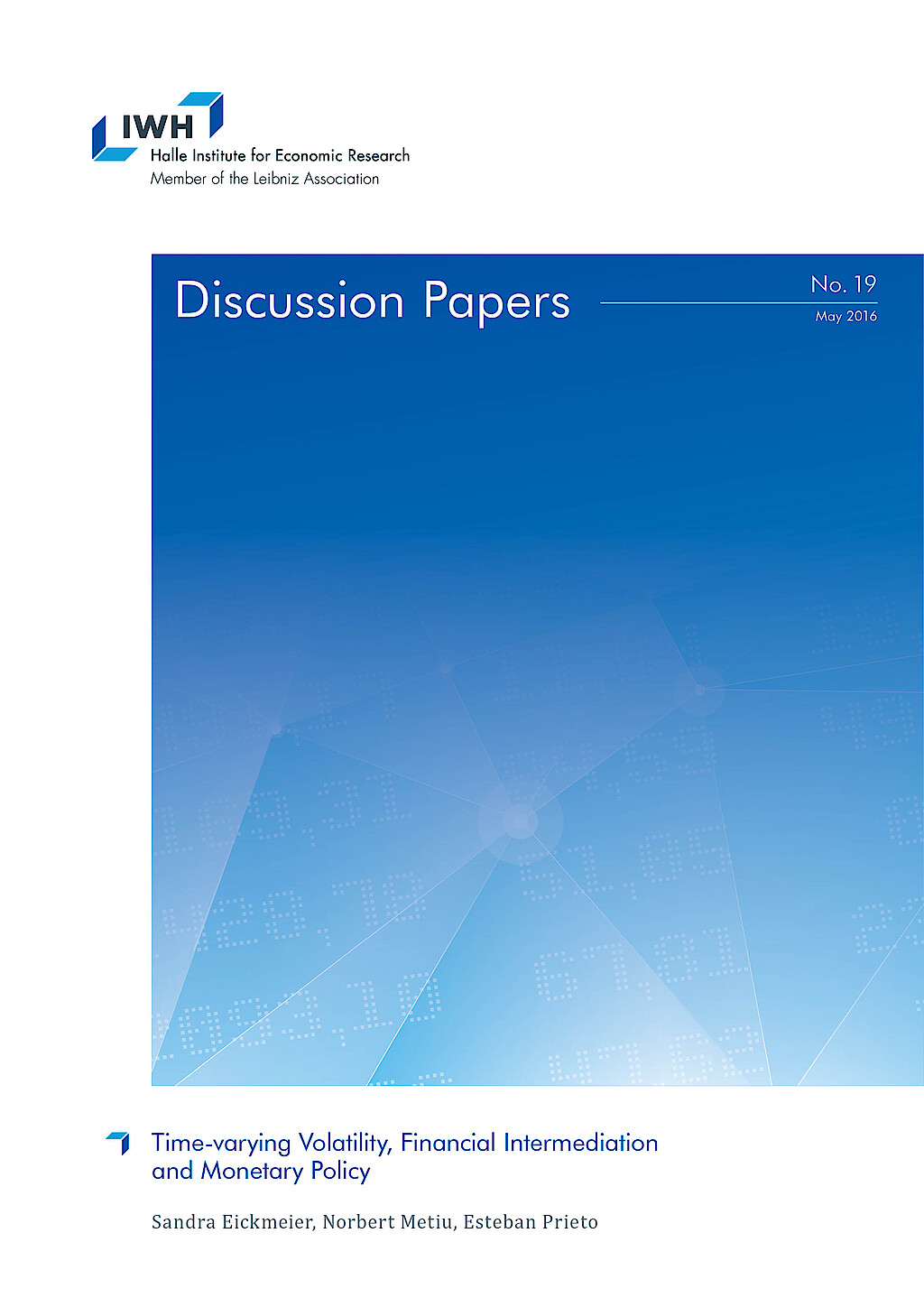Dr Esteban Prieto
Current Position
since 6/14
Research Affiliate
Halle Institute for Economic Research (IWH) – Member of the Leibniz Association
since 2014
Economist
Research Centre of the Deutsche Bundesbank
Research Interests
- monetary policy and financial markets
- applied macroeconometrics
- empirical banking and financial intermediation
Esteban Prieto joined the institute as a Research Affiliate in June 2014. His research focuses on the transmission of monetary policy shocks via financial markets and the interaction of monetary policy and financial stability.
Esteban Prieto holds the position of economist at the Research Centre of Deutsche Bundesbank. Prior to that, he was working at University of Tübingen.







